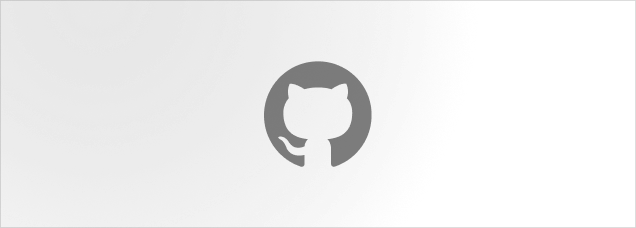Overlay
Render content above everything
Anatomy
import { Overlay } from "@lualtek/react-components";
export default () => {
return <Overlay>...</Overlay>;
};Using overlay context
In some cases you may need to control the visibility of the overlay from inside a child component. This can be done by using the useOverlayContext hook.
import { Overlay, useOverlayContext } from "@lualtek/react-components";
const ChildComponent = () => {
const { titleId, onClose } = useOverlayContext();
return (
<>
{/* TitleId is for accessibility to describe the overlay with a title */}
<Title id={titleId}>Overlay Title</Title>
<Button onClick={onClose}>Close overlay</Button>
</>
);
};
export default () => {
return (
<Overlay>
<ChildComponent />
</Overlay>
);
};API Reference
export type OverlayProps = {
/**
* The children to render inside the overlay. This content
* will be rendered in a React `portal`, which means that it will be
* rendered outside of the DOM hierarchy of the parent component.
*/
children: ReactNode;
/**
* Set the root element to render the overlay into.
*/
root?: HTMLElement;
/**
* Set the css `z-index` of the overlay. This must be used only
* if necessary.
* @default 4
*/
index?: number;
/**
* Set the overlay style. This is used to obscure the content
* behind the overlay if `obfuscate` is `true`. If set to `auto`, the overlay
* color is determined by the global active theme (light or dark).
* @default 'auto'
*/
theme?: "light" | "dark" | "auto";
/**
* The callback function that is called when the overlay is closed.
*/
onClose?: () => void;
/**
* Set the overlay to be obscuring the page content behind it.
* @default true
*/
obfuscate?: boolean;
};